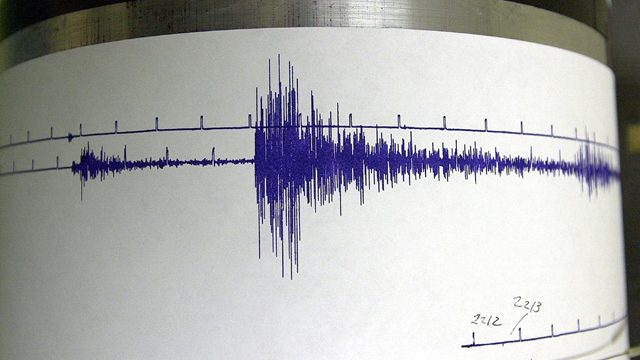California's springtime snowpack is nearly double its normal levels following five years of historic drought.
The California Department of Water Resources on Monday conducted its final snowpack survey of the state's wet season. The snow holds more water than compared to several past years, which means more runoff when that snow melts in spring and runs off into reservoirs.
But it also means an increased flood threat. Forecasters with the National Oceanic and Atmospheric Administration expect the Merced River in Yosemite National Park to go about a foot over its banks on Wednesday.
Large amounts of water are being released from reservoirs downstream from the Sierra Nevada Mountains to lower their levels in anticipation of the heavier-than-normal melt-off. Reservoirs on tributaries of the San Joaquin River have been lowered and authorities will continue lowering their levels through June to avoid the possibility of using spillways for emergency water releases, reservoir managers said.
The snowmelt flows downhill during warm months into reservoirs and canals, which supply one-third of the water used by residents of the most populous U.S. state. It also irrigates crops in the nation's most productive farming state.
The heavy snowpack blanketing the 400-mile long Sierra Nevada range stands in contrast to two years ago when barely any measureable snow remained at this time of year amid California's drought, state water managers said.
The California Cooperative Snow Surveys Program on Monday measured that snowpack contains nearly twice the amount of water typically found in the snow at this time of year.
California
News from across California
While the heavy snow and its high water content will help prevent water shortages that California residents endured over the last several years, the tough winter was cruel to mountain wildlife -- killing off bighorn sheep and lengthening hibernation periods for bears.
The snowdrifts have also kept many bears hibernating in the remote wilderness inside their dens one month longer than normal because food is still scarce.
Hikers heading to the mountains are sure to find damaged roads leading to prized campgrounds that may not be repaired until next year, said Stanislaus National Forest officials. In Yosemite National Park, rangers warned that visitors will need to be careful when they are near swift-flowing rivers and waterfalls with much higher water flows than normal.
Inexperienced hikers heading into the mountains should be prepared for snow lasting longer than normal this spring and should hike with more experienced people or consider heading to coastal mountains not covered in snow, said Kathryn Phillips, director of the Sierra Club California.



